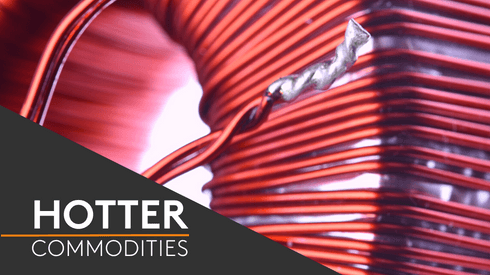Between January and May this year, China imported 682,508 gross tonnes of copper scrap, according to customs data. All of the imports are of the higher-grade category 6 scrap.
This is down 28% from 946,568 tonnes imported in the same period of 2018 when both the higher-quality category 6 scrap and a limited amount of category 7 scrap was permitted into the country.
The drop in bulk weight of copper scrap imports is hardly surprising since China implemented a total ban of category 7 copper scrap imports, which require dismantling – including scrap cable, scrap wire and scrap auto parts, in January 2019.
Nonetheless, the amount of copper contained in the imported scrap has risen so far this year alongside the improved grades of scrap imports.
Analysts surveyed by Fastmarkets assessed the copper content of scrap imports to China in 2019 at 78%. This compared with a copper content in scrap imports in 2018 of 55%.
The rising copper content means copper scrap imported to China in the first five months of 2019 contained 532,356 tonnes of copper, up slightly from 520,613 tonnes in 2018.
This not only implies a smoother-than-expected transition for Chinese markets following the removal of category 7 scrap imports, but also indicates the success of the policy since Beijing has maintained stable copper inflow from scrap imports while diverting the less desirable low-quality scrap to other countries.
Rolling the clock back two years, category 7 scrap supplied 700,000 tonnes of copper metal to China before being named a culprit of land pollution and eventually banned.
At the time, the Chinese scrap industry was shocked by the dramatic decline in category 7 scrap allowed into China, leading to closures of scrap dismantling yards in Guangdong province, southern China, and fears over a supply gap of copper raw materials.
Over time, more scrap processing capacity, as well as category 7 cargoes, have been shifted to Southeast Asia.
In May, major producer Jiangxi Copper became the first Chinese company to receive authorization to set up a large-scale 150,000 tonne per year copper scrap processing facility to recycle insulated copper wire (ICW) in Malaysia.
Many small-scale Chinese satellite copper smelters and processors have also sprung up in remote areas of Cambodia to process low-quality scrap.
On the other hand, more copper contained in category 6 scrap, such as candy, berry, birch and cliff, has been brought into China due to importers trying to take delivery of feed before the new quota system took effect on July1.
With more buyers in the market, the discount for No 2 copper scrap against outright copper prices narrowed in June to 29-35 cents per lb, versus 34-38 cents per lb a month ago.
In the first quota announcement on June 20, China only permitted a gross weight 240,429 tonnes of copper scrap imports for the third quarter of 2019. Taizhou and Ningbo are the only Chinese importers are on the list of companies that have been granted quotas to buy from overseas scrap suppliers.
Many major refineries and fabricators in Southern China has not received approval for tonnages so far.
While more quotas are on the way, an overall drop in copper units contained in scrap imports is still widely expected in 2019.





